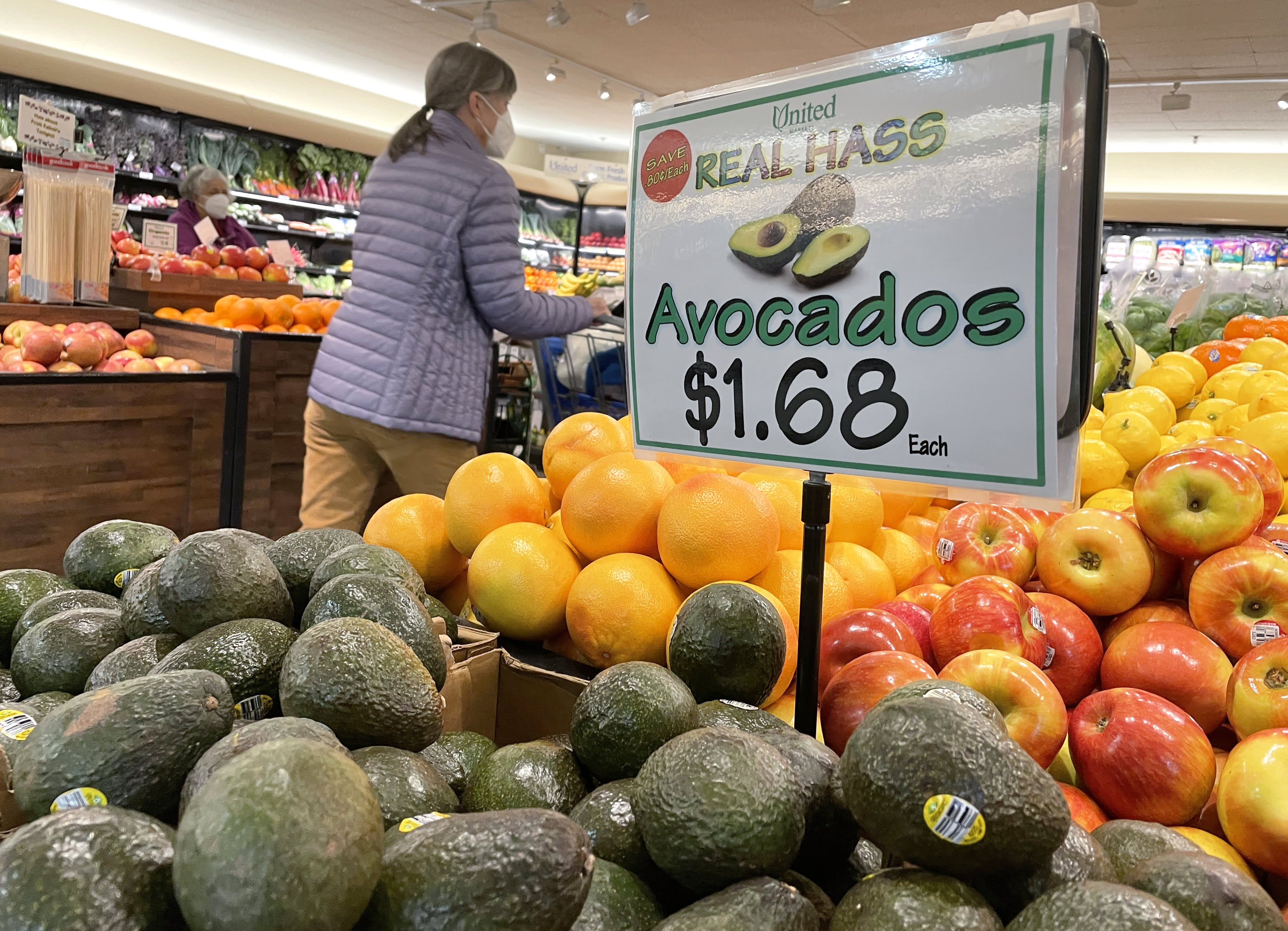
Prices at the wholesale level jumped twice the expected level in January as inflation pressures were unabated to start the year, the Labor Department said Tuesday.
The producer price index, which measures final-demand goods and services, increased 1% for the month, against the Dow Jones estimate for 0.5%. Over the past 12 months the gauge rose an unadjusted 9.7%, close to a record in data going back to 2010.
Excluding food, energy and trade services, co-called core PPI increased 0.9% for the month, well ahead of the 0.4% estimate. For the 12-month period, the measure increased 6.9%. Both core and headline PPI gains over the year were 0.1 percentage point lower than the record levels hit in December 2021.
As has been the case through much of the pandemic era, goods prices outweighed those for services, rising 1.3% and 0.7% respectively.
The increases come amid burgeoning inflation across the economy, with consumer prices running at a 40-year high.
Federal Reserve officials plan to act soon to contain the price increases, with interest rate hikes expected to begin in March and continue throughout the year.
Final demand energy prices jumped 2.5% in January, while food rose 1.6%.
A separate report Tuesday morning showed that manufacturing activity in the New York region was little changed in February. The Empire State Manufacturing Survey, conducted by the New York Fed, registered a 3.1 reading, up from the -0.7 of January but below the 11 estimate.
The gauge represents the percent difference between companies reporting expansion against those seeing contraction.
New orders and hiring posted significant gains, but they were mostly outweighed by declines in general business conditions and new orders. Inflation also showed up in that report, with the prices received index spiking 17 points as 58.6% of companies reported getting higher prices while just 4.5% reported a decrease. The reading of 54.1 was a record high in data going back to July 2001.
The numbers come a day after the New York Fed’s Survey of Consumer Expectations for January saw a surprise decrease in short- and medium-term inflation expectations. The one-year outlook decreased to 5.8% from 6% the previous month, while the three-year expectations slid half a percentage point to 3.5%.
Market-based inflation measures over 5- and 10-year spans remain elevated but are off the spikes they saw in November 2021.
Still, the Fed is prepared to tighten monetary policy after two years of unprecedented accommodation. Nearly all central bank policymakers say they expect a rate increase next month, and the market is pricing in a strong possibility of a 1.75 percentage point increase by the end of 2022.




